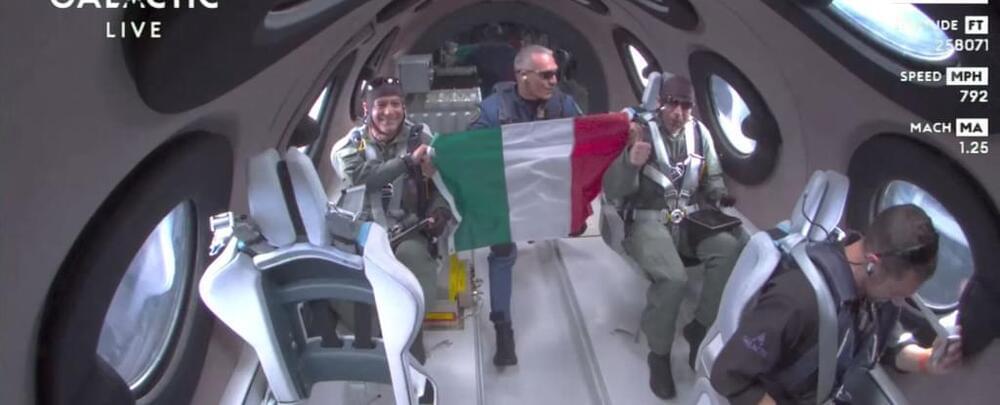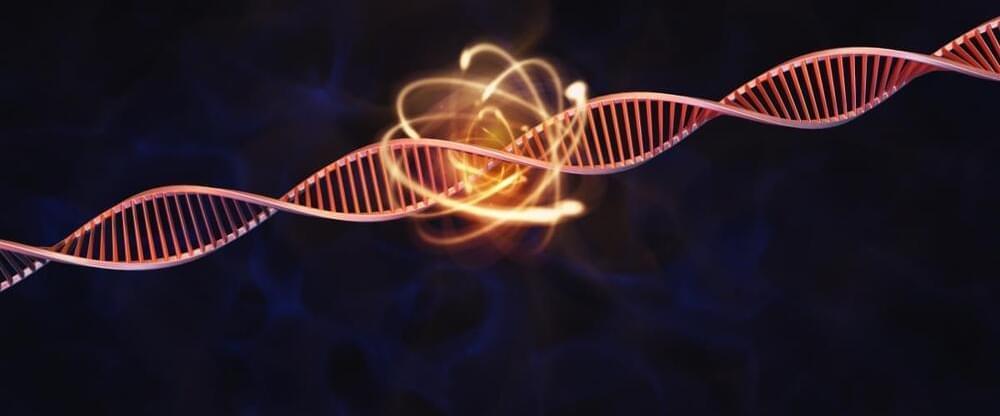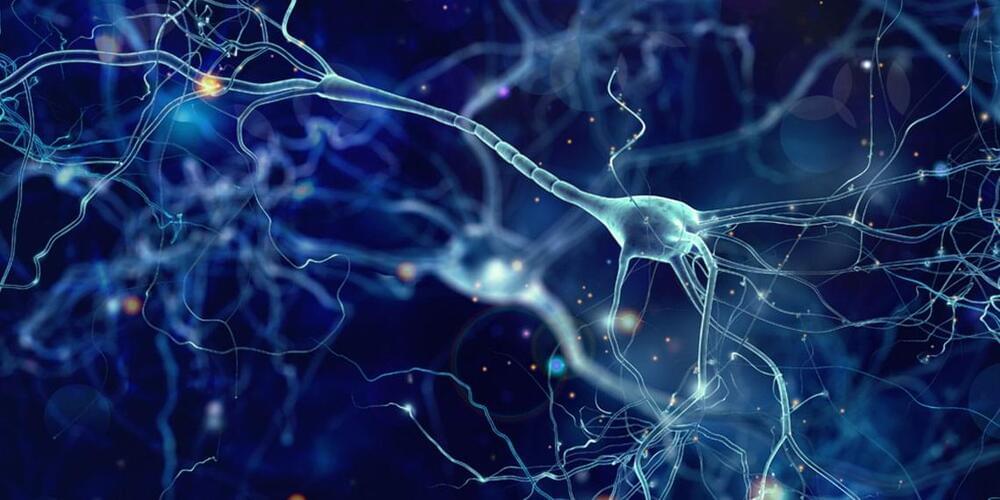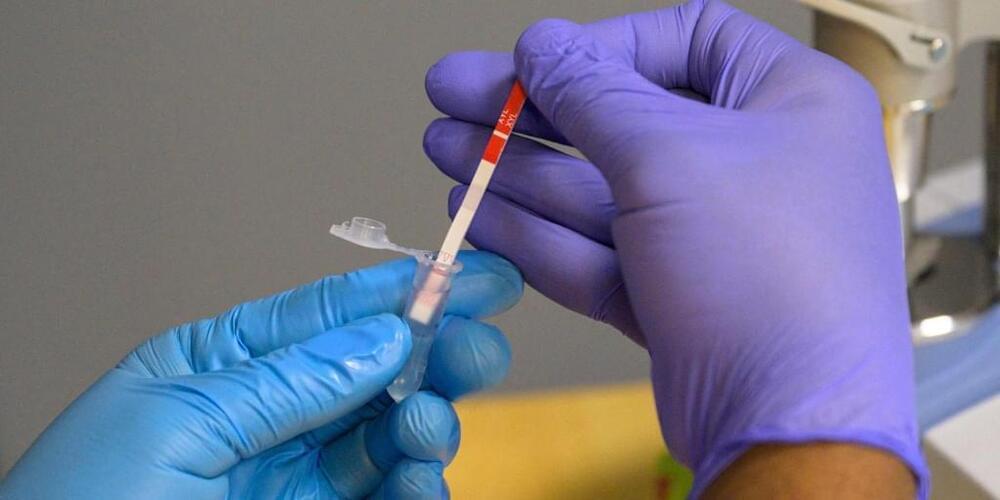Jul 1, 2023
Finally! Virgin Galactic Has Taken Its First Paying Customers Into Space
Posted by Alberto Lao in category: space travel
Virgin Galactic successfully flew its first paying customers to the final frontier Thursday, a long-awaited achievement that puts it back on track in the emerging private spaceflight sector.
Italian Air Force officers unfurled their nation’s flag and peered out windows at the curve of Earth while enjoying a few minutes of weightlessness at 52.9 miles (85.1 kilometers) above sea level.
“It was a beautiful ride,” Colonel Walter Villadei told reporters at a press conference, adding that his favorite moment was seeing the contrast between the black of space and the planet beneath.


















